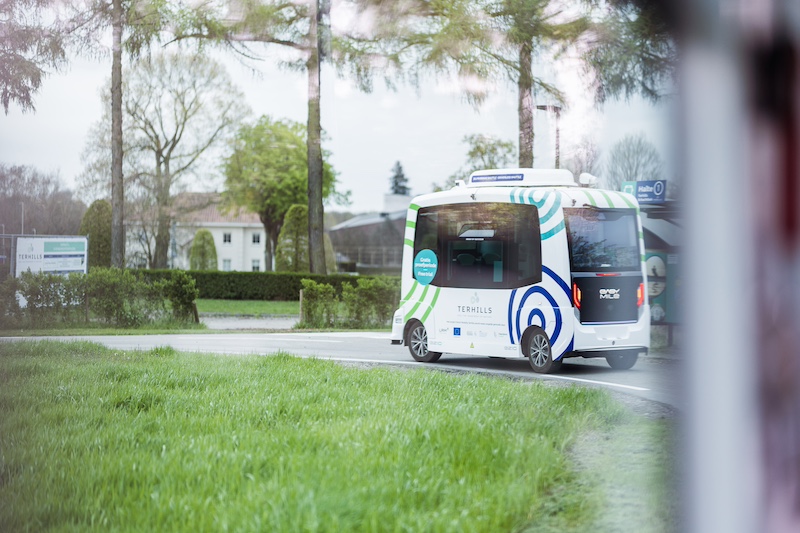Positive feedback from shuttle users
The survey results presented a detailed picture of user satisfaction within the Terhills transport system. The shuttles scored much higher than overall satisfaction rates for other forms of public transport.
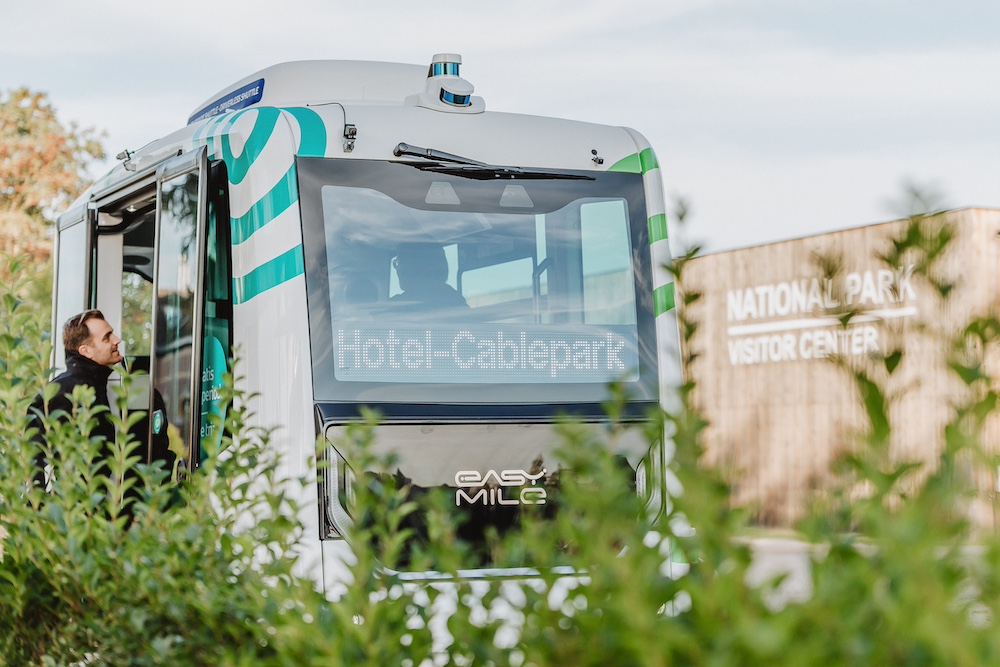
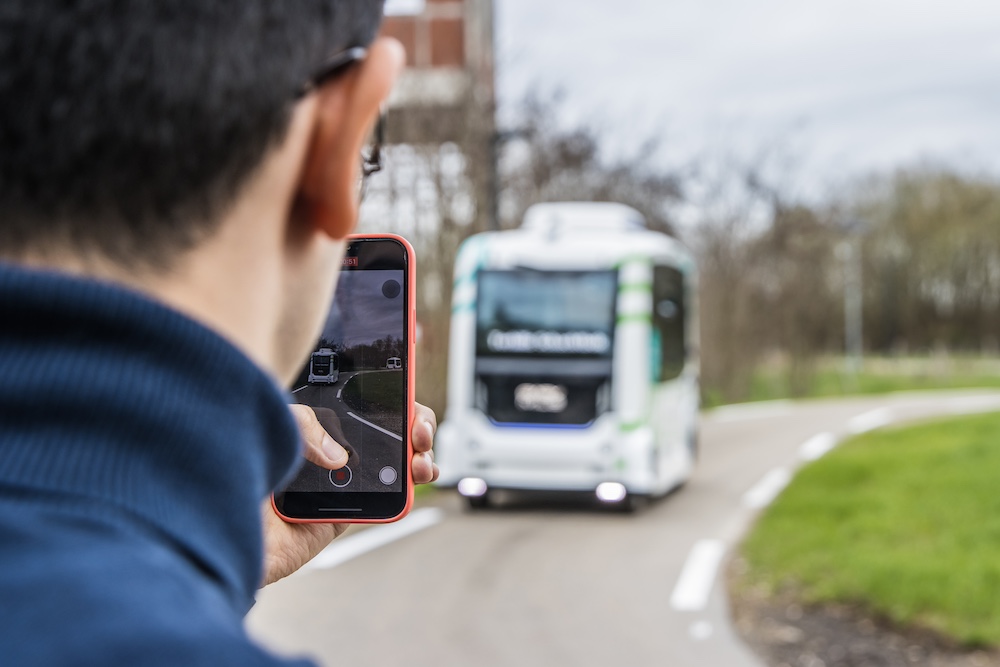
A deeper dive into user profiles and satisfaction
Females expressed higher appreciation for the autonomous shuttle than men. Age and education also played discernible roles in shaping satisfaction levels, with older and higher-educated individuals demonstrating a more positive view.
The examination of daily mode practices provided an intriguing insight, as individuals who used a car daily expressed heightened satisfaction with the autonomous shuttle service. This observation suggests that the shuttle may serve as a relaxed alternative, offering a positive experience that stands out from daily stressors associated with car use.
Respondents rated the service exceptionally high for overall user experience. Efficiency scored 4.63 out of 5, indicating a strong perception of smooth experience riding the shuttle. Respondents also found the service highly interesting, rating it 4.6 out of 5, highlighting the positive impact of innovative technology. Safety and comfort were paramount, earning ratings of 4.63 and 4.65, respectively. Scored highest was the pleasantness of the experience, receiving an outstanding rating of 4.73 out of 5.
In addressing why some residents chose not to use the shuttle service, survey responses provided valuable insights. 0% of users cited safety concerns as a deterrent, affirming a high level of trust in the system's safety features. Additionally, only 1% expressed concerns about efficiency, indicating a robust perception of the shuttle's operational effectiveness.
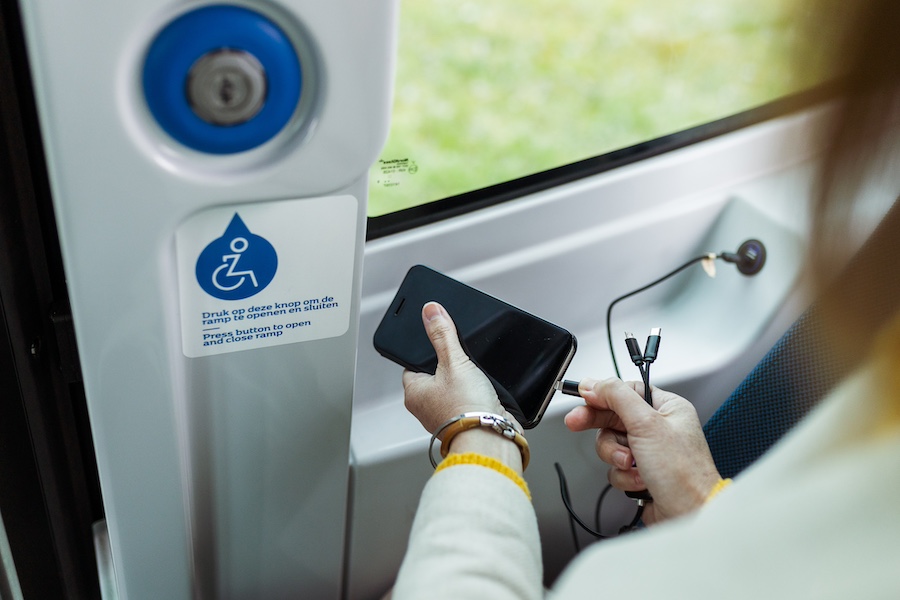
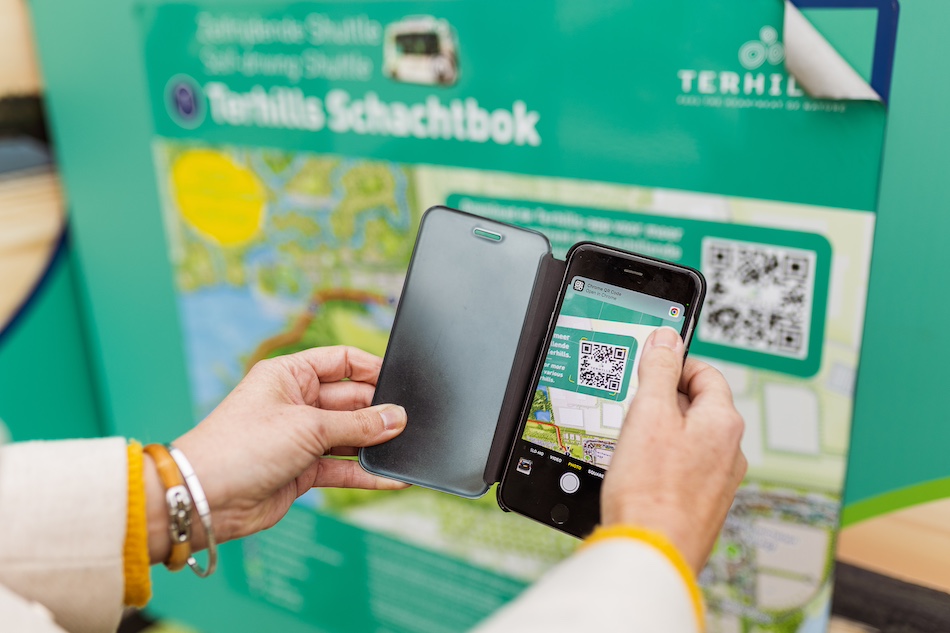
Lessons from the Terhills autonomous shuttle service
Key takeaways emphasize the critical role of crafting a positive and efficient user experience. The study underscored the importance of continuous monitoring post-implementation to sustain high satisfaction levels. It also highlighted the impact of alternative transport modes on user choices, emphasizing the significance of variety and options in a transport system.
The Terhills autonomous shuttle service is emerging as a success in the world of passenger transport. The positive findings not only validate the project's success but also provide a practical framework for future autonomous transport endeavors. As we navigate the future of transportation, prioritizing user satisfaction remains a pivotal factor in driving innovation and ensuring success.

